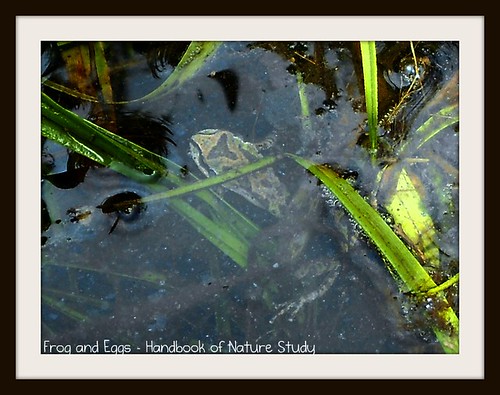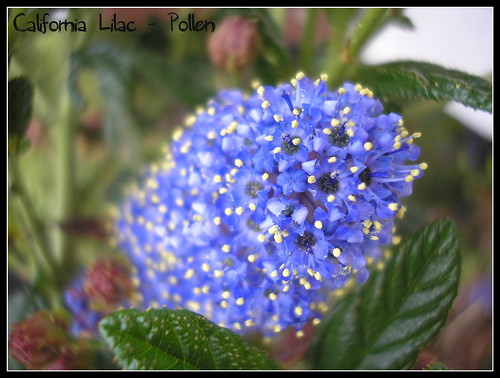Jeannie Fulbright wrote on the Apologia Blog, Overcoming the Fear of Science, which I read with interest. It got me thinking about how I have seen my own children gain a real, living science education using books and experiences.

For our family, providing the opportunities for science as part of our every day life has been as easy as opening our back door and doing some exploring together. Books are a wonderful window to the world but true heartfelt science learning takes place when you learn about things you can see, touch, smell, and hear.

Birds in a book are great but birds in your very own feeder are a living and breathing example to learn from. We have found what works best is observation first and then facts. For example, we learned more by trying to identify these feathers...using a feather identification key for the first time, reasoning on which birds we see in our backyard, and then narrowing it down to a few bird choices.We had to learn the different kinds of bird feathers and make careful observations about color and pattern. So much to build on from just this simple feather find from our backyard.

Learning about pollen in a book is interesting but seeing it on a flower, watching a bee covered in it, and then perhaps looking at the flower pollen with a hand lens take it to a whole new dimension. Suddenly you care about the pollen...it means something. My son noticed the little yellow specks on these California Lilacs and we brought them inside for closer inspection...pollen! No wonder the bees are swarming around this plant in our yard!

Mr. A found this spider on a flower blossom and we spent some time watching it together. Direct observation of a spider takes the fear away and allows the awe to settle in for such an amazing living creature. Live and up close is the best kind of learning for science....books are there to support or to generate interest.
"Nature study, as far as it goes, is just as large as is science for "grown-ups". It may deal with the same subject matter and should be characterized by the same accuracy. It simply does not go so far."She supports the idea that beginning with nature study and observation we can build on those ideas and experiences and go farther with more formal science. For a complete picture of how she outlines nature study for families, read the introductory pages of the Handbook of Nature Study (pages 1-24).
Anna Botsford Comstock, Handbook of Nature Study
"Adults should realize that the most valuable thing children can learn is what they discover themselves about the world they live in. Once they experience first-hand the wonder of nature, they will want to make nature observation a life-long habit. All people are supposed to be observers of nature and there's no excuse for living in a world so full of amazing plants and animals and not be interested in them."So, I think we are in good company. Thanks Jeannie for the insightful and informative post that got me thinking about this very important topic. We can provide or support science education in our homes if we remember to take advantage of opportunities that present themselves. Open eyes, open hearts, and then open minds...living science.
Charlotte Mason, Volume 1

If you would like some help getting started with nature study using the Handbook of Nature Study, I invite you to read more about the Outdoor Hour Challenges that I offer each Friday here on my blog. The first ten challenges which will help you to become a better nature study guide are all gathered into one convenient ebook along with follow-up nature notebooking pages for you to print. I would love to help you get started on a more meaningful path of science learning.
